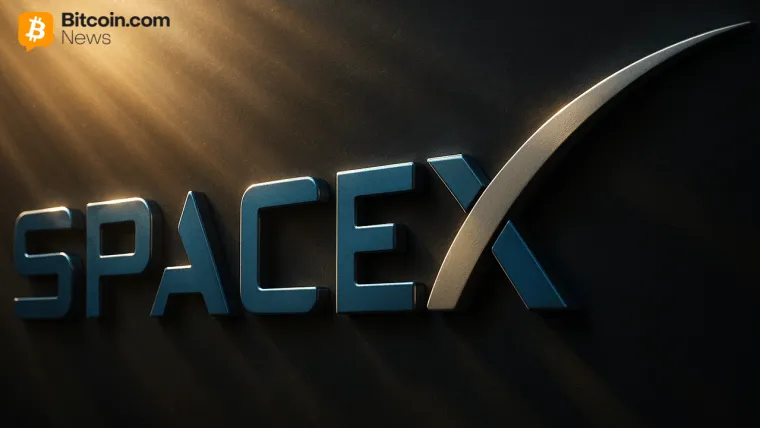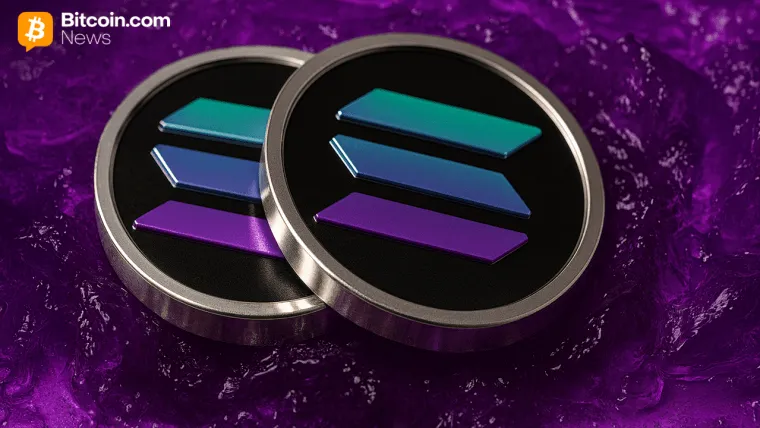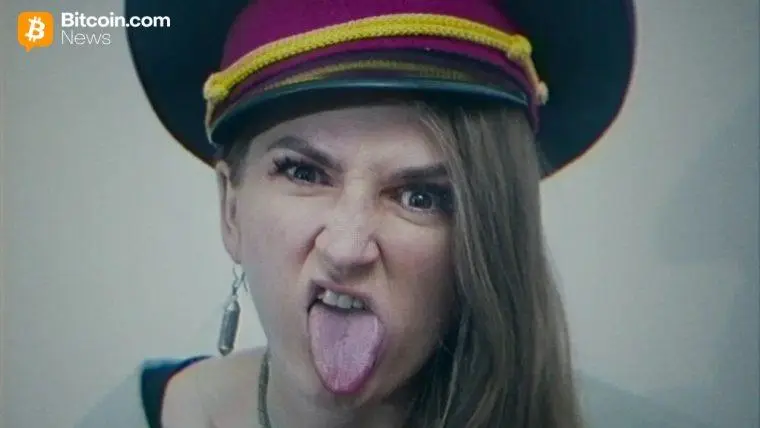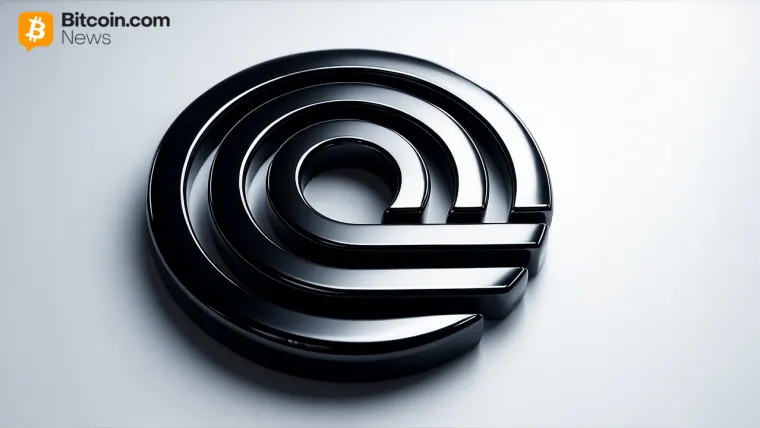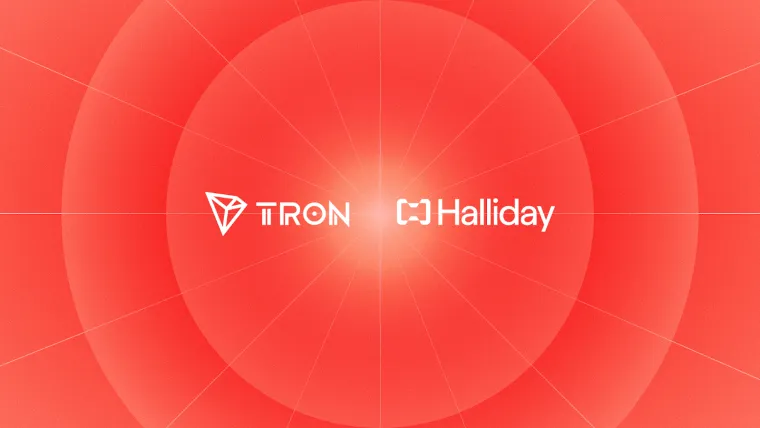This content is provided by a sponsor.
BitcoinOS (BOS) is unveiling what could be the most daring deflationary token model in the entire cryptocurrency space — a systematic buy-and-burn engine fuelled by Bitcoin’s trillion-dollar economy.
With production launch approaching and the token just launched, the $BOS token mechanics reveal a brutally simple value proposition. As Bitcoin becomes increasingly programmable, every transaction across its network holds the potential to create relentless amounts of buying pressure that permanently removes tokens from circulation.
Think of HYPE, just powered by the most active and the biggest asset of them all — Bitcoin.
For investors sitting by and watching Bitcoin’s institutional adoption phase accelerate at breakneck speed, $BOS offers direct exposure to a question that could define crypto’s next era: What happens when the world’s most valuable blockchain becomes truly programmable?
And the technology is already live.
Back in July 2024, BitcoinOS verified the first zero-knowledge proof on Bitcoin’s mainnet. Since then, the protocol has processed 100 zkBTC and over 100,000 transactions with millions in Bitcoin flowing through the system. Now, with $10 million in fresh funding from Greenfield Capital, FalconX, and Bitcoin Frontier Fund, the project is racing toward production launch.
Early investors, however, shouldn’t be asking themselves whether Bitcoin will become programmable, but rather whether they’re interested in gaining exposure to it before the deflationary machine reaches full scale.
As BitcoinOS transforms Bitcoin into a programmable platform, attention is now turning to the $BOS token — and its wide-ranging value accrual mechanism.
Unlike typical crypto tokens that handwave while promising vague utility, $BOS implements a mechanical system that bakes Bitcoin network activity directly into token scarcity.
Here’s how the buy-and-burn flywheel will work: Users pay transaction fees in Bitcoin when executing smart contracts, DeFi operations, or cross-chain transfers through BitcoinOS. Every computation requires payment.
These Bitcoin fees are then automatically used to buy $BOS tokens on the open market, creating constant, protocol-level buying pressure that scales with network usage.
Then, purchased $BOS tokens are permanently burned. No treasury accumulation nor team dumps. Just pure supply destruction.
And finally, node operators earn $BOS tokens for generating ZK proofs, monitoring for fraud, and providing verification services.
The formula is elegant: More Bitcoin activity = More Bitcoin fees = More $BOS bought = More tokens burned = Scarcer supply.
Yes, crypto has seen plenty of buy-and-burn models before.
Take Binance’s quarterly BNB burns or Ethereum’s EIP-1559 fee burning model.
But $BOS operates at a fundamentally different scale.
For one, the revenue source is Bitcoin’s $2.2 trillion. Every DeFi transaction, every smart contract execution, every cross-chain bridge generates Bitcoin fees that flow into $BOS purchases.
Moreover, all chains could potentially become Bitcoin L2s. BitcoinOS’s vision is audacious. Imagine Cardano, Ethereum, and Solana all bundling transactions to Bitcoin. Each transaction on those networks bundled to Bitcoin and pays a fee. As the network scales and more chains integrate, more transactions require more computation. More computation requires more token payments. All these revenues buy and burn $BOS.
But what holds the most dynamite for $BOS’s value accrual yet is institutional demand.
Over the last 18 months, approximately 6 million Bitcoin worth about $690 billion — has moved into institutional holdings. We’re talking hedge funds, family offices, and corporate treasuries that are accumulating Bitcoin at unprecedented rates.
These institutions need yield and utility for their holdings, but they cannot accept custody risk. Since traditional DeFi requires sending bitcoin to third parties, compliance departments won’t approve them.
BitcoinOS solves this with their unique technological stack. First, it allows users to lock BTC on Bitcoin, then send proof that the coins have been locked to whatever other chain is being used. The Bitcoin, meanwhile, stays in the holder’s wallet, secured by their own keys. No counterparty risk and no custody concerns.
Bitcoin holders — especially long-term holders who never want to sell — will be borrow against their Bitcoin without sending it anywhere.
The Grail Pro protocol is already in pilot programs targeting $690 million in institutional BTC for self-custodial yield generation.
As hundreds of billions in institutional Bitcoin flows into DeFi over the next five years, every lending transaction, every stablecoin mint, every yield strategy funnels Bitcoin fees into the $BOS buy-and-burn mechanism.
The $BOS token launches with 21 billion total supply — a symbolic nod to Bitcoin’s 21 million cap — distributed over 12 years through node operator rewards.
The mathematics favor extreme scarcity. Network growth increases buying pressure while the fixed emission schedule ensures no supply inflation beyond the initial distribution. Within a few short years, annual burns could exceed annual emissions — creating net deflationary conditions.
Unlike most tokens where “burns” are mostly marketing gimmicks, $BOS burns are mechanical and unavoidable. Every fee paid triggers a purchase and burn.
The $BOS token represents a direct bet that Bitcoin will evolve beyond digital gold into the foundation for global digital finance — all while maintaining its core immutability.
If BitcoinOS succeeds, the value accrual is mechanical: capture transaction fees in the world’s largest cryptocurrency, systematically purchase and destroy $BOS tokens. Rinse and repeat as the network scales.
More scale = More BTC fees = More $BOS bought = More tokens burned.
For investors seeking exposure to Bitcoin’s technological evolution, $BOS offers something rare: a clear, mathematical relationship between network growth and token value, powered by Bitcoin’s trillion-dollar economic moat.
With $700 billion in institutional BTC demanding utility and Bitcoin recently hitting all-time highs, the timing for programmable Bitcoin infrastructure couldn’t be stronger.
Whether $BOS becomes the deflationary engine its tokenomics suggest depends on one question: Will the world want to build on Bitcoin?
If the answer is yes, the buy-and-burn mechanism ensures early holders capture that growth, one satoshi at a time.
_________________________________________________________________________
Bitcoin.com accepts no responsibility or liability, and is not responsible, directly or indirectly, for any damage or loss caused or alleged to be caused by or in connection with the use of or reliance on any content, goods or services mentioned in the article.
免责声明:本文章仅代表作者个人观点,不代表本平台的立场和观点。本文章仅供信息分享,不构成对任何人的任何投资建议。用户与作者之间的任何争议,与本平台无关。如网页中刊载的文章或图片涉及侵权,请提供相关的权利证明和身份证明发送邮件到support@aicoin.com,本平台相关工作人员将会进行核查。
